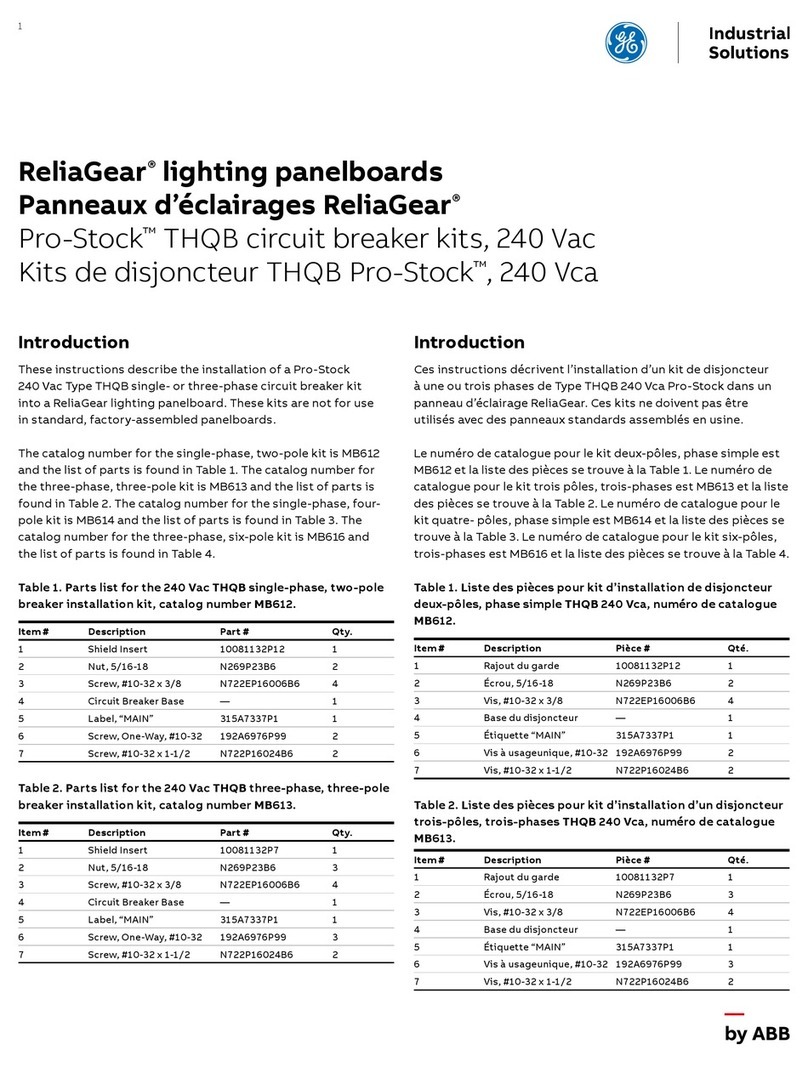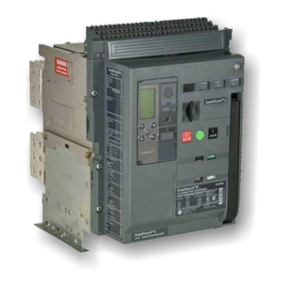GE POWER/VAC GEK 86132A User manual
Other GE Circuit Breaker manuals
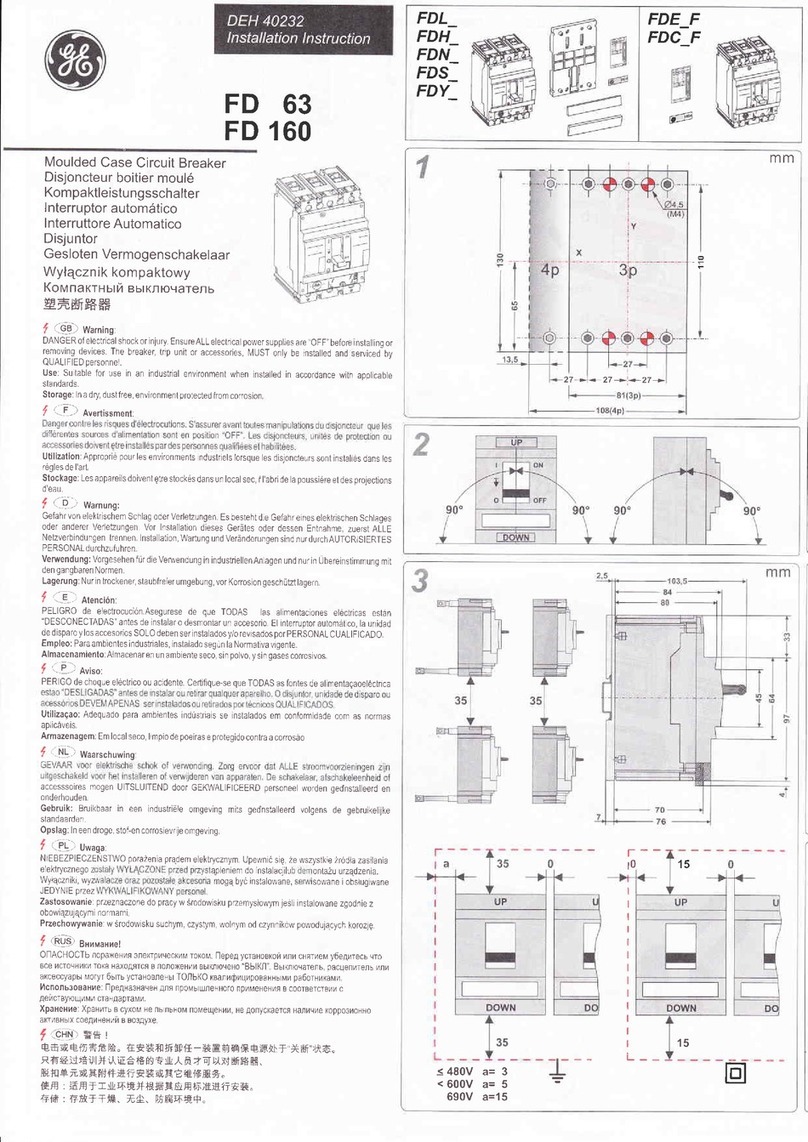
GE
GE FD 63 User manual
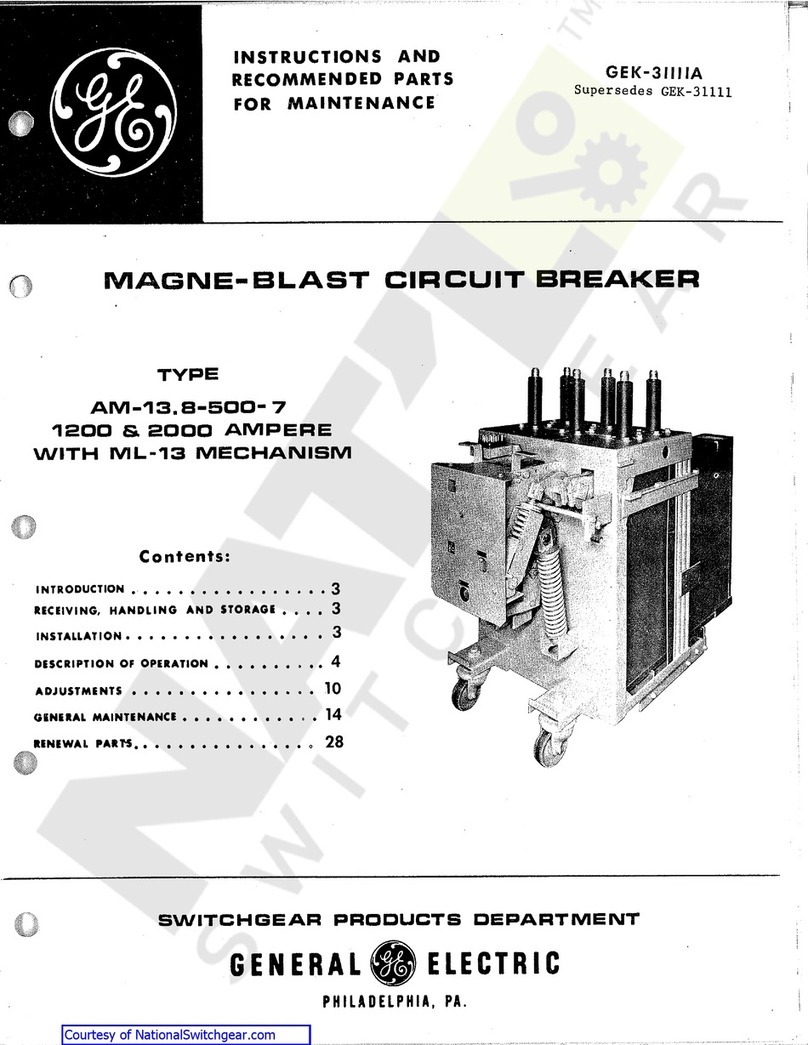
GE
GE AM-13.8-500-7 User manual
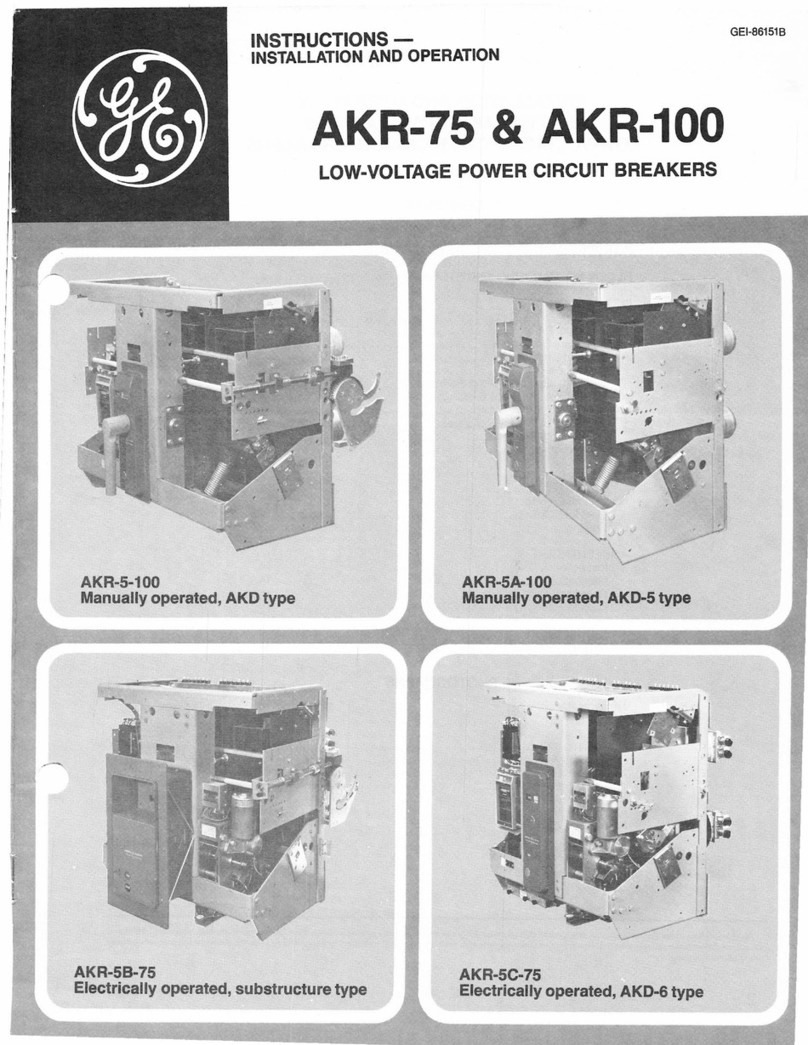
GE
GE AKR-75 Series Programming manual

GE
GE Power Break II User manual

GE
GE Spectra Series AMC6FGB User manual
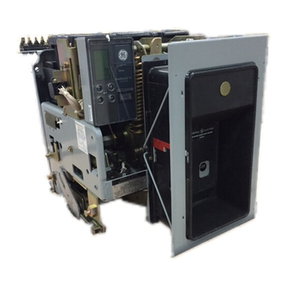
GE
GE AKR-30S User manual
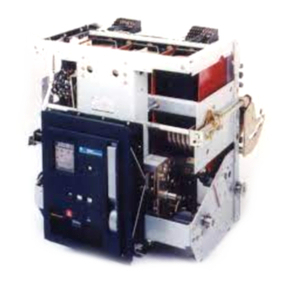
GE
GE WavePro 3200 A User manual
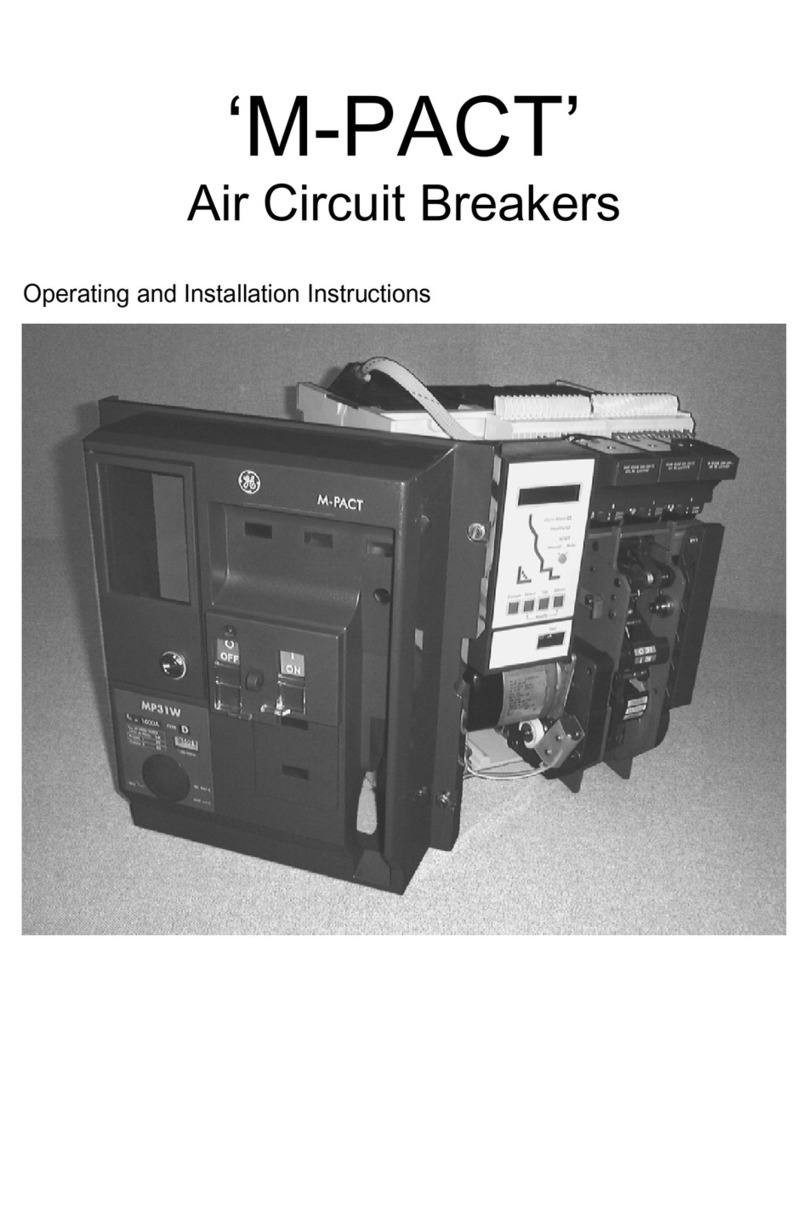
GE
GE M-PACT User manual
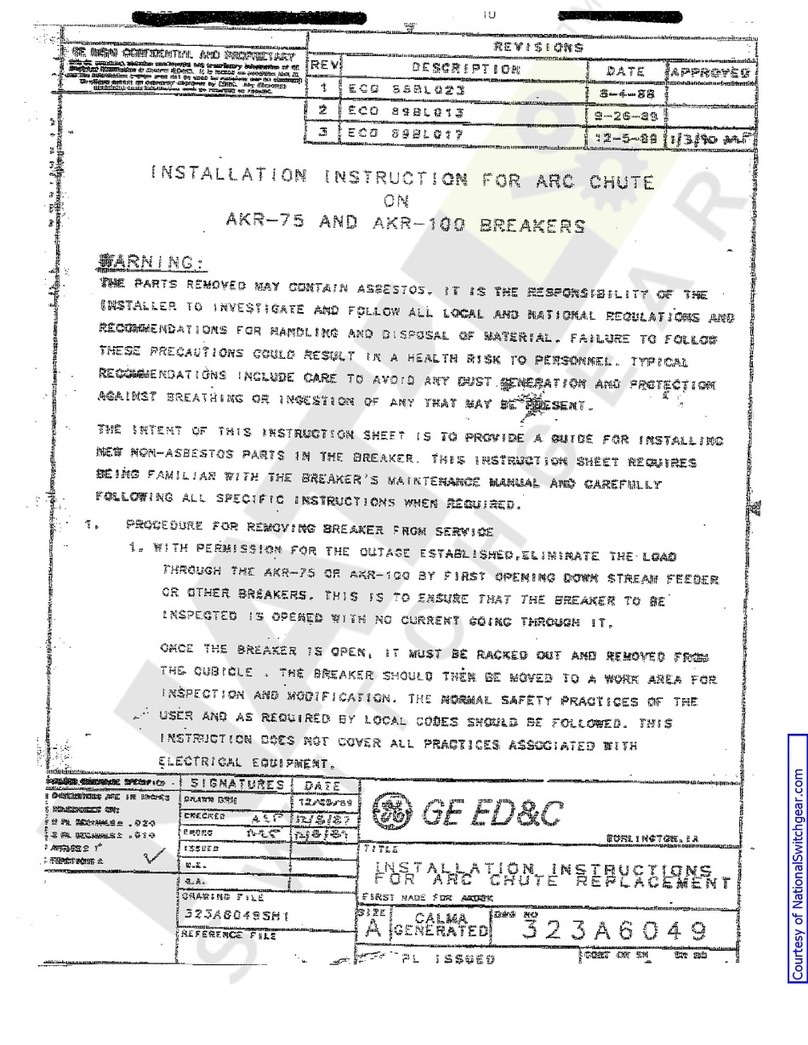
GE
GE MicroVersaTrip AKR-75 User manual
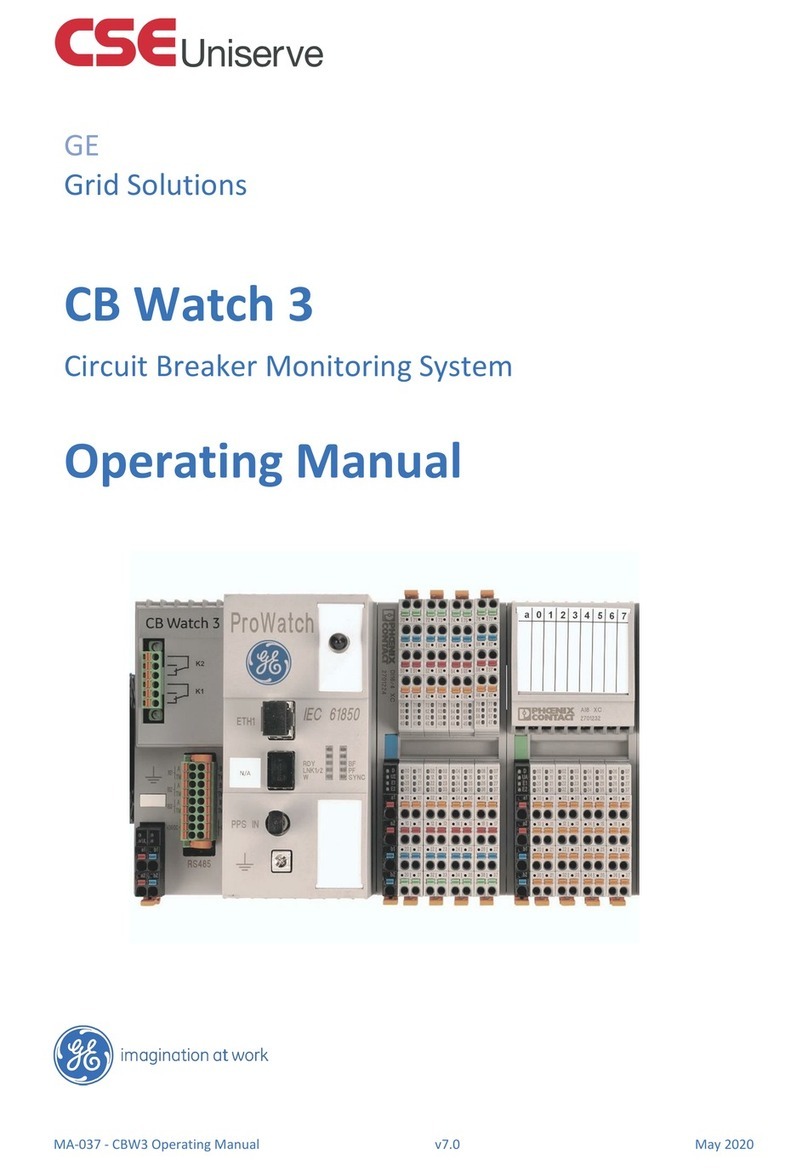
GE
GE CB Watch 3 User manual
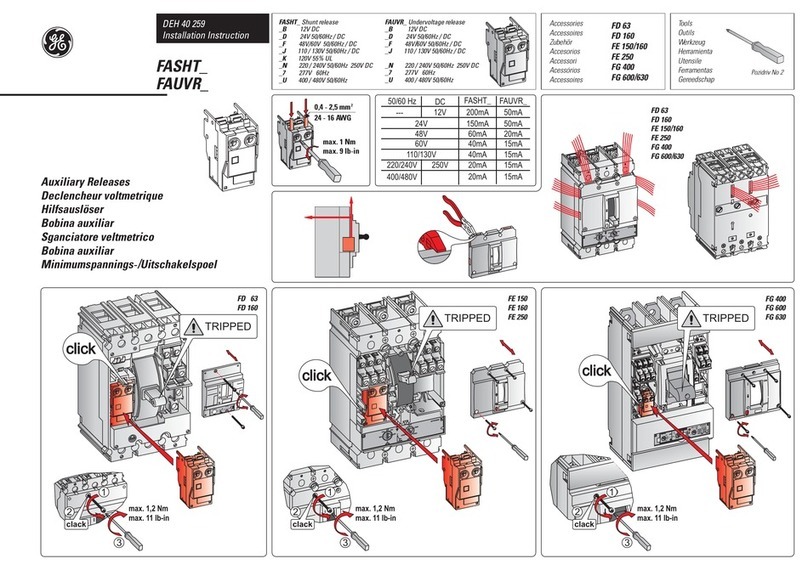
GE
GE FASHT Series User manual
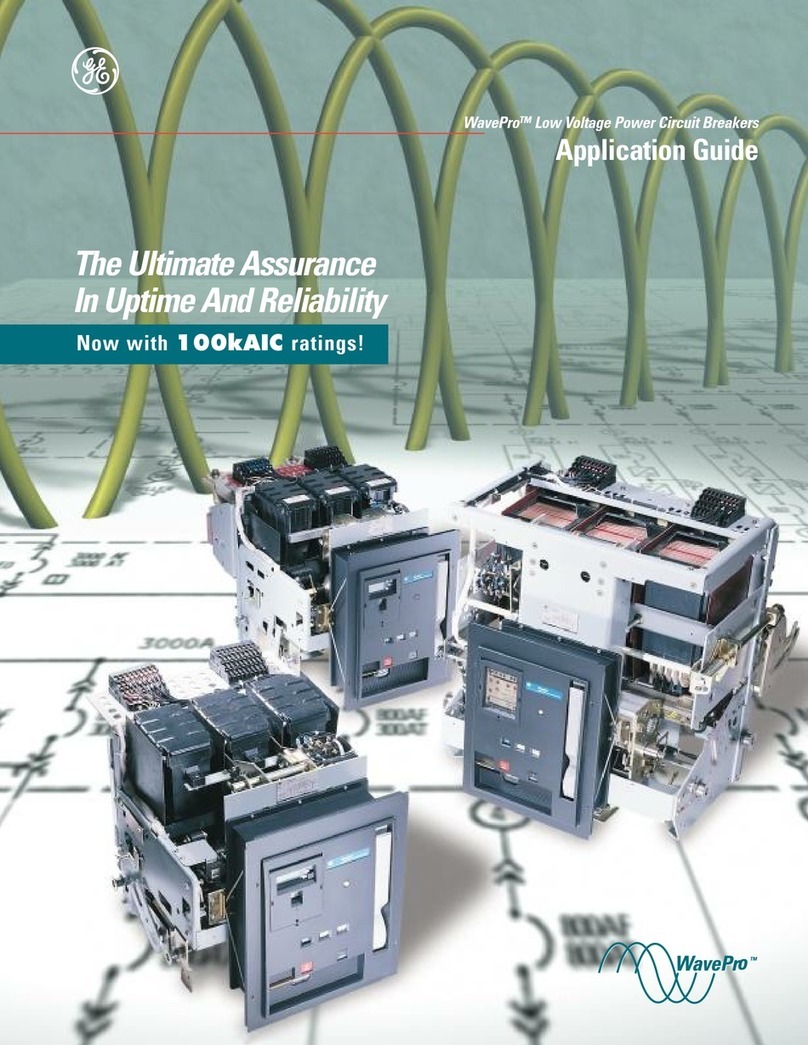
GE
GE WavePro LVPCB User guide

GE
GE AK-4-75 User manual
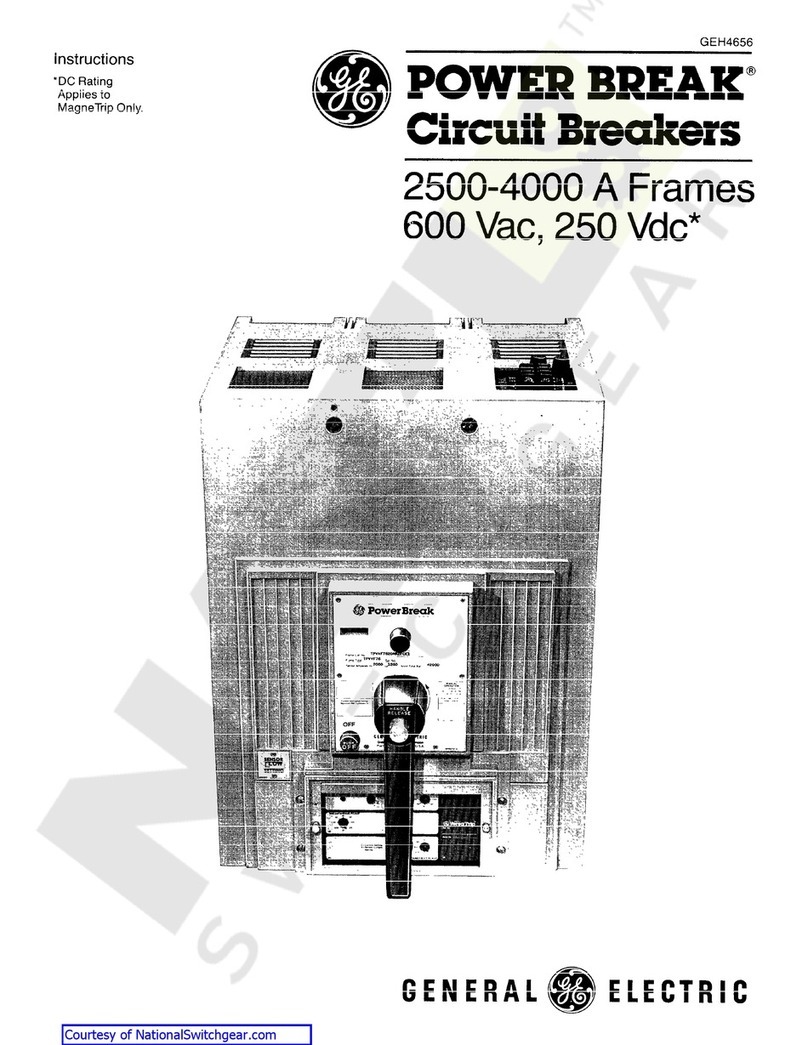
GE
GE POWER BREAK MICRO-VERSATRIP E39ME20 User manual
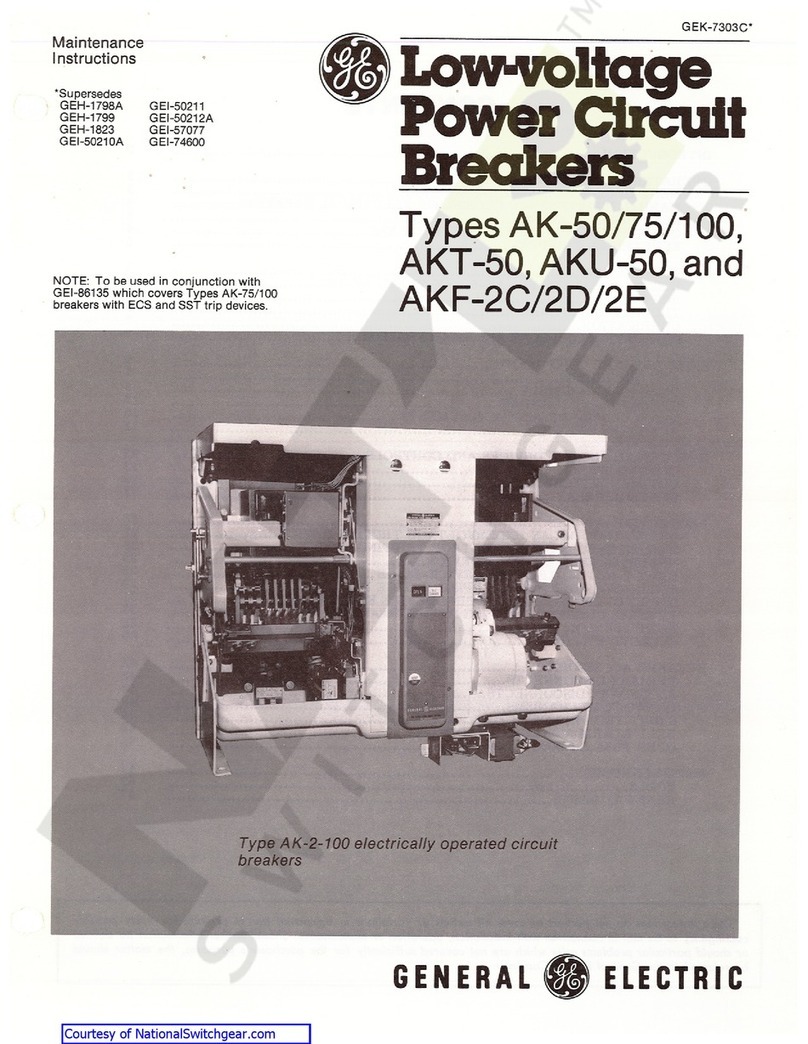
GE
GE AK-50 Series Technical specifications
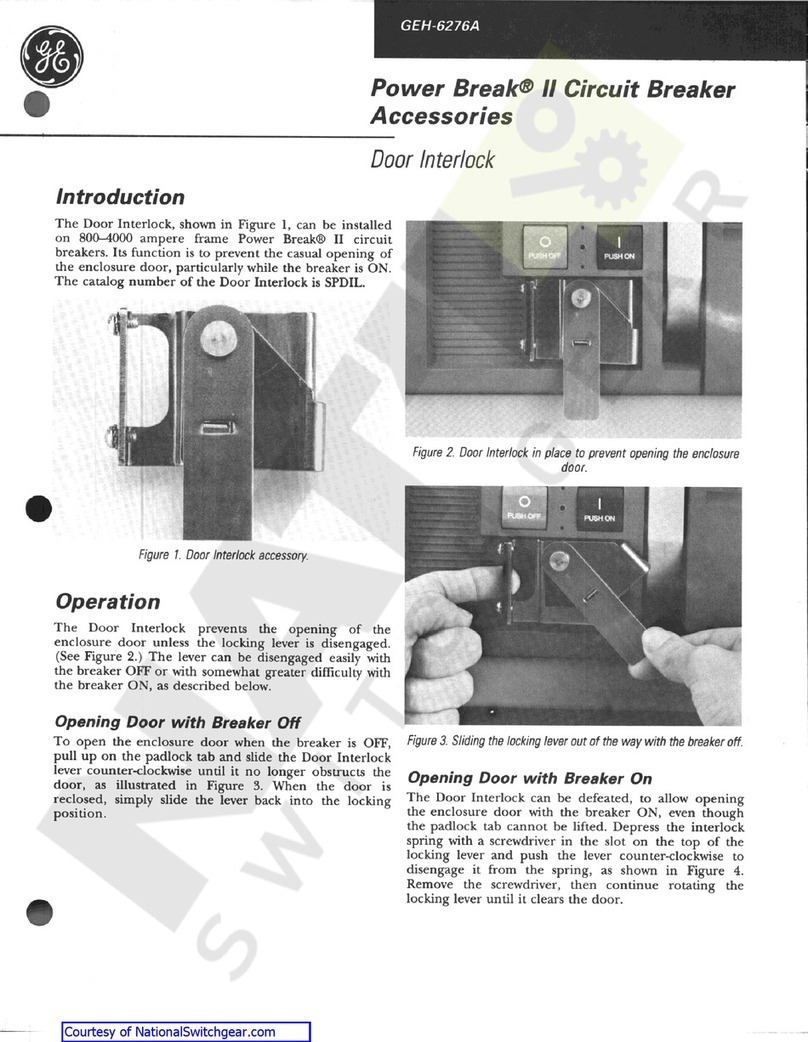
GE
GE Power Break II User manual
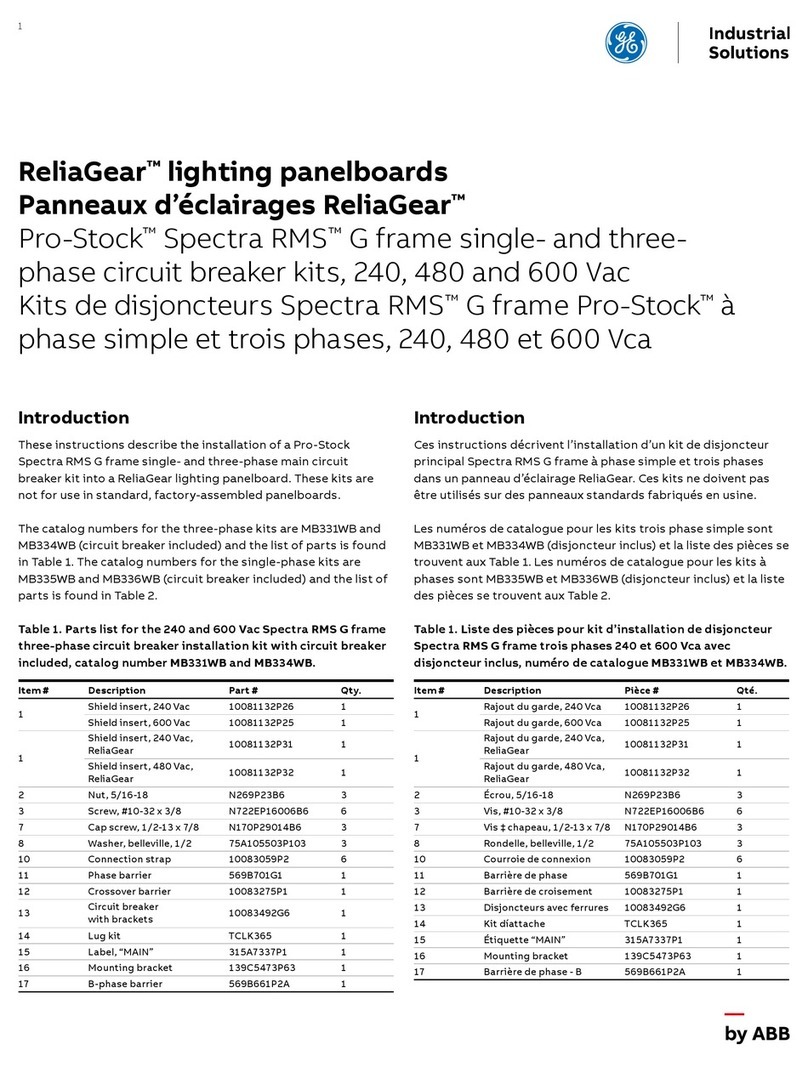
GE
GE ReliaGear Pro-Stock Spectra RMS User manual

GE
GE Power Break II User manual
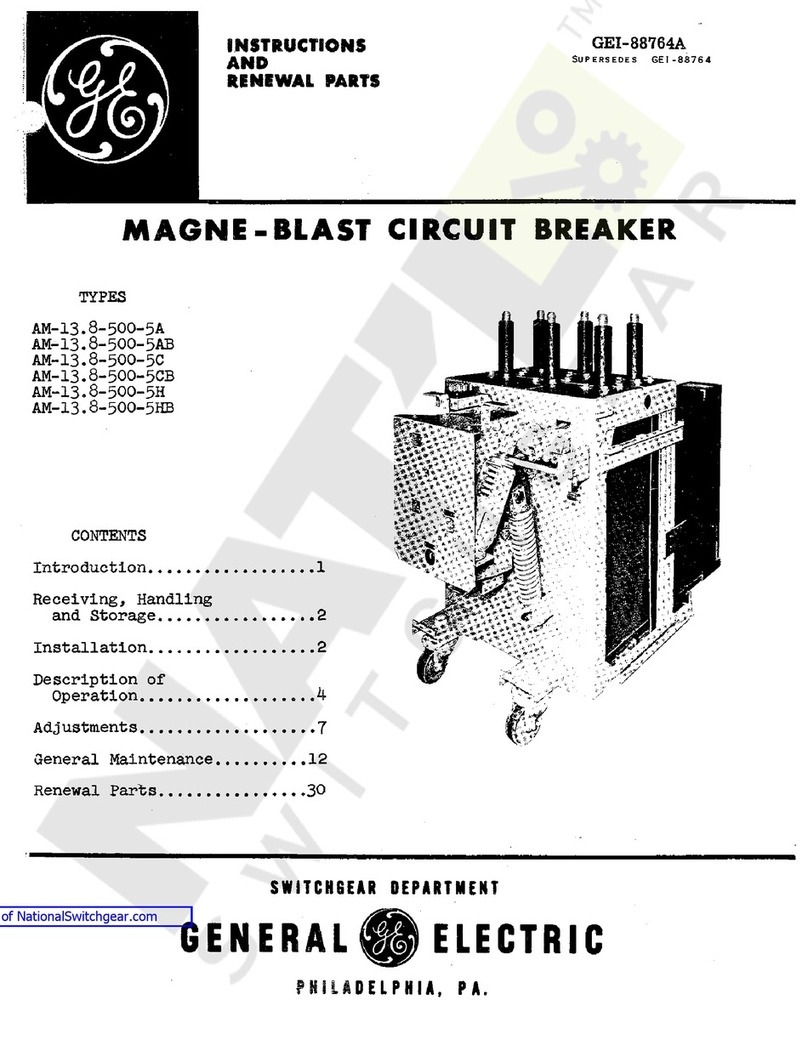
GE
GE AM-13.8-500-5A User manual
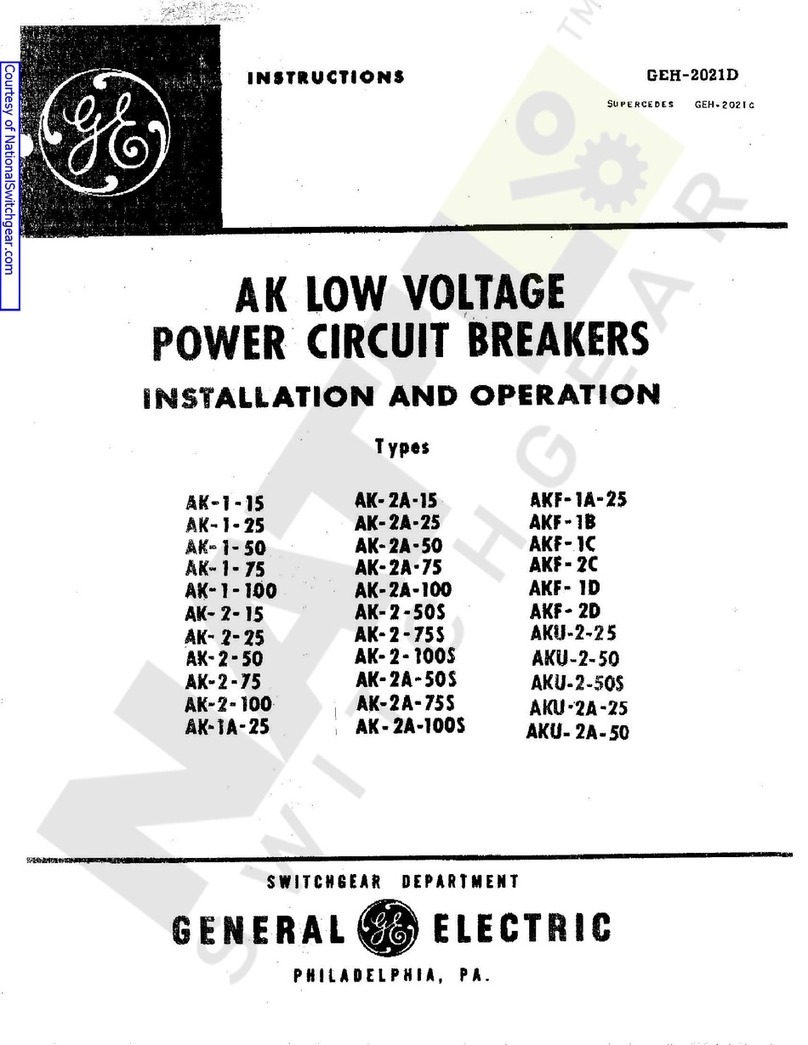
GE
GE AK-1-15 Series Owner's manual
Popular Circuit Breaker manuals by other brands

WEG
WEG FHU ACW125 installation instructions

TERASAKI
TERASAKI NHP TemBreak PRO P160 Series installation instructions

Siemens
Siemens Sentron 3VA9157-0PK1 Series operating instructions

hager
hager TS 303 User instruction

ETI
ETI EFI-4B Instructions for mounting

Gladiator
Gladiator GCB150 Installation instruction
